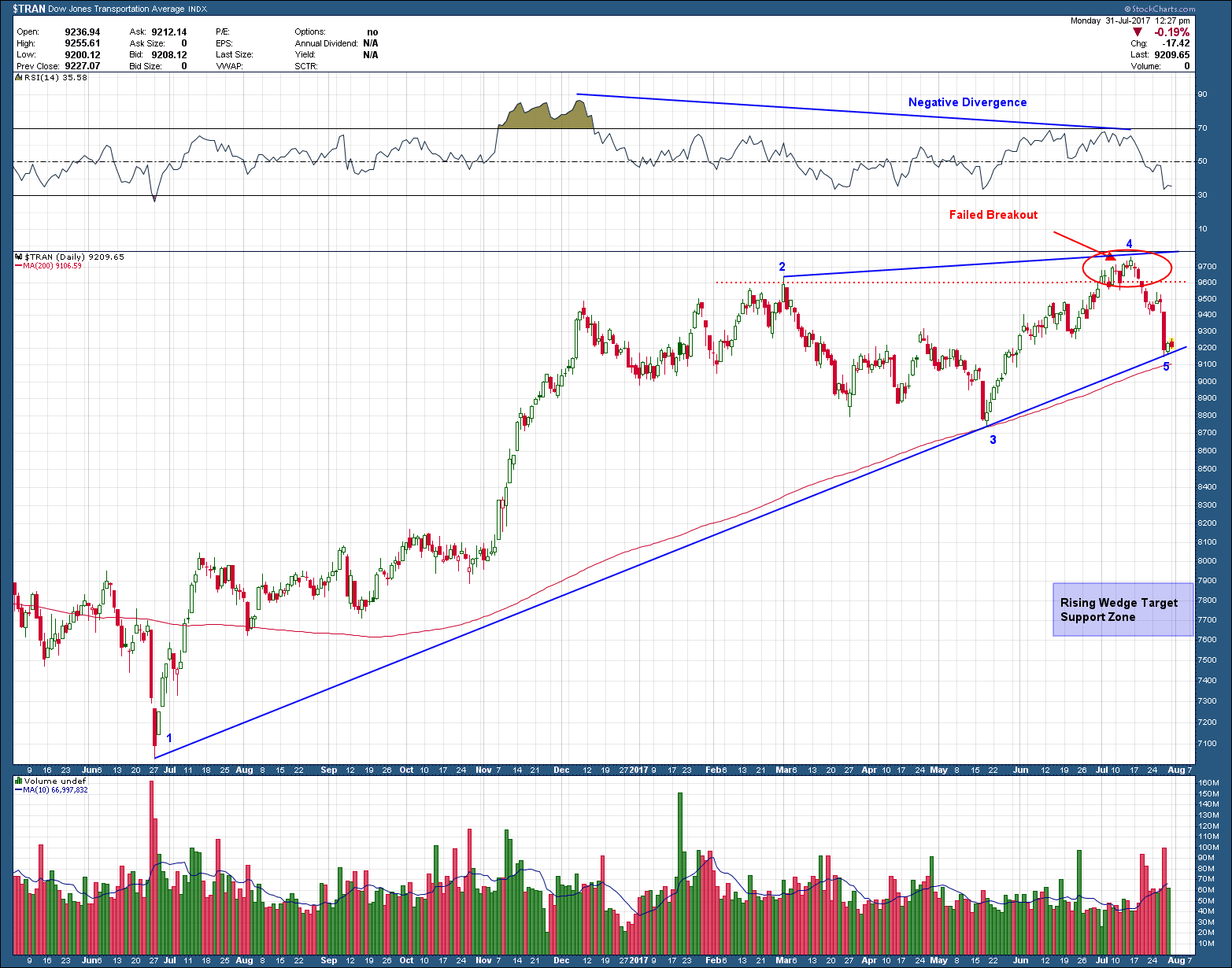The strength of the global economy is one reason why the stock market has started 2018 in a buoyant mood (with the Dow passing 25,000). At some point, in any expansion, businesses find it harder to recruit workers or get the materials they need; these bottlenecks cause wages and prices to rise. Central banks then start to tighten monetary policy, a process that can eventually turn the market (and the economy) down (recession). For years the US has been in a deflationary environment in spite of the FED’s ongoing attempts to do everything possible to create inflation but that looks like 2018 may signal a change.
Because commodities rise in an inflationary environment, following their price can be very profitable for investors in the back-end of the business cycle. The $CRB index is a basket of 19 liquid and highly diverse individual commodities is about the best proxy I have found which can help determine the direction of commodity prices. Taking a look at the chart of $CRB we see the index has been in a severe downtrend from 2014-2016 and after bottoming has consolidated sideways for 2 years. But it looks like it may soon change as it is attempting to breakout to the upside. The consolidation is forming an inverse head and shoulders bottom pattern which projects, if it breaks out and confirms, to the 2015 highs, almost 30% higher.
I have learned the hard way that commodities are a fickle group and are not as reliable as stocks are when looking at charts and attempting to interpret what is next. As such I prefer to get additional confirmation before committing investment capital. What better confirmation than looking at the biggest market of all, bonds and see what, if anything, they are saying. You may be asking what do bonds have to do with commodities. The common thread is inflation so checking in on TIPS (Treasury inflation protected securities) makes a lot of sense.
In the chart of TIPS below you can see that they, like the $CRB index are knocking on the door looking as if they want to break out to the upside. The cup and handle continuation pattern that has formed points to a target move of 5% higher (don’t scoff, that’s a big move for bonds)
Whether we see inflation or not will only be known later in time. With both commodity prices and TIP bonds looking as if they want to go higher, is a signal the markets believe inflation may not be too far around the corner. As with all pattern breakouts, you should never invest unless the pattern triggers and confirms, which neither the $CRB or TIPS have yet done. Until then, it will pay to watch these two closely in the coming weeks/months for investment opportunities. 2018 may be shaping up to be a great year for inflation hedged investments



